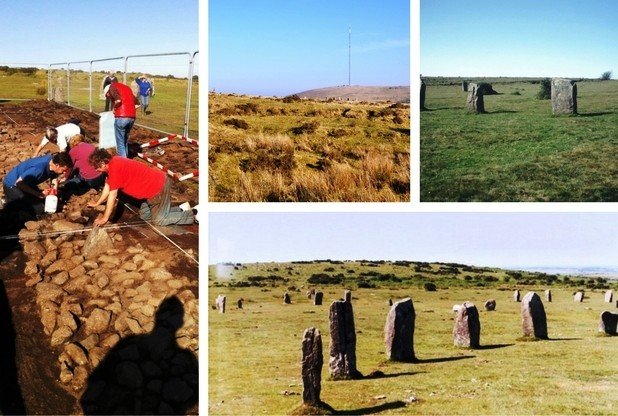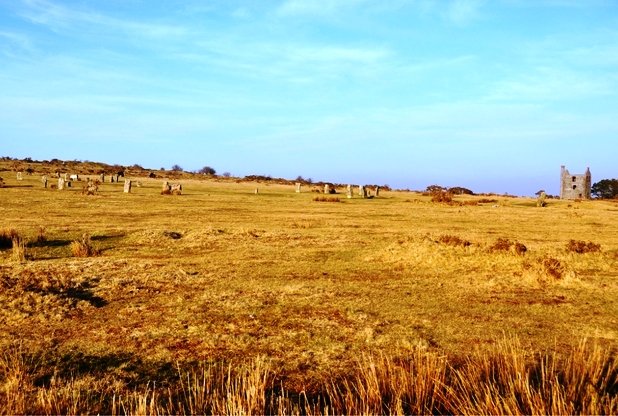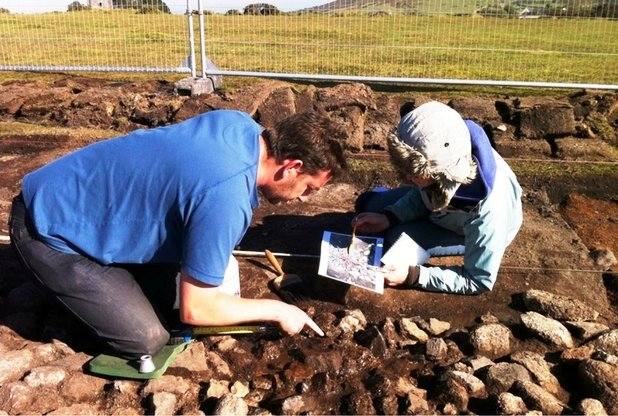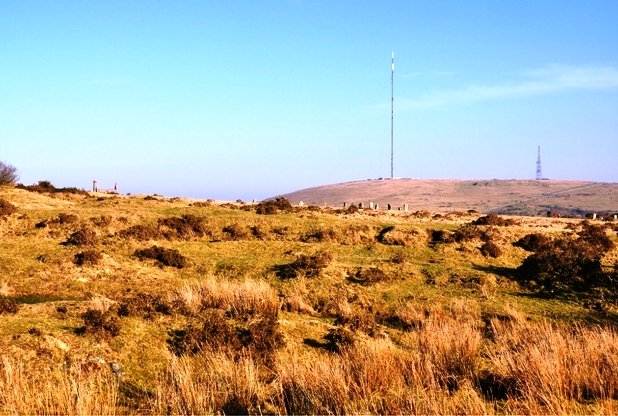OF THE
TIMES
This man has sold out his own family, electorate and his nation. Judas, no honour sense of decency or morality. But he’s rich!
For those vaxxers…… those about to die…. I salute you. nothing else needs to be said. take your pick! [Link]
Shortages in pharmaceutical needs and wants, for the public, is only the policies and strategies the forerunner of the hunger and starvation being...
When Lindsey Graham finally goes to answer to his god, a suitable structure should be erected over his resting place so that everyone can pay...
I revoke my consent to be governed by this administration, the atrocities committed in my name are on my hands. Remarks made by graham, confirm my...
To submit an article for publication, see our Submission Guidelines
Reader comments do not necessarily reflect the views of the volunteers, editors, and directors of SOTT.net or the Quantum Future Group.
Some icons on this site were created by: Afterglow, Aha-Soft, AntialiasFactory, artdesigner.lv, Artura, DailyOverview, Everaldo, GraphicsFuel, IconFactory, Iconka, IconShock, Icons-Land, i-love-icons, KDE-look.org, Klukeart, mugenb16, Map Icons Collection, PetshopBoxStudio, VisualPharm, wbeiruti, WebIconset
Powered by PikaJS 🐁 and In·Site
Original content © 2002-2024 by Sott.net/Signs of the Times. See: FAIR USE NOTICE




Reader Comments
to our Newsletter